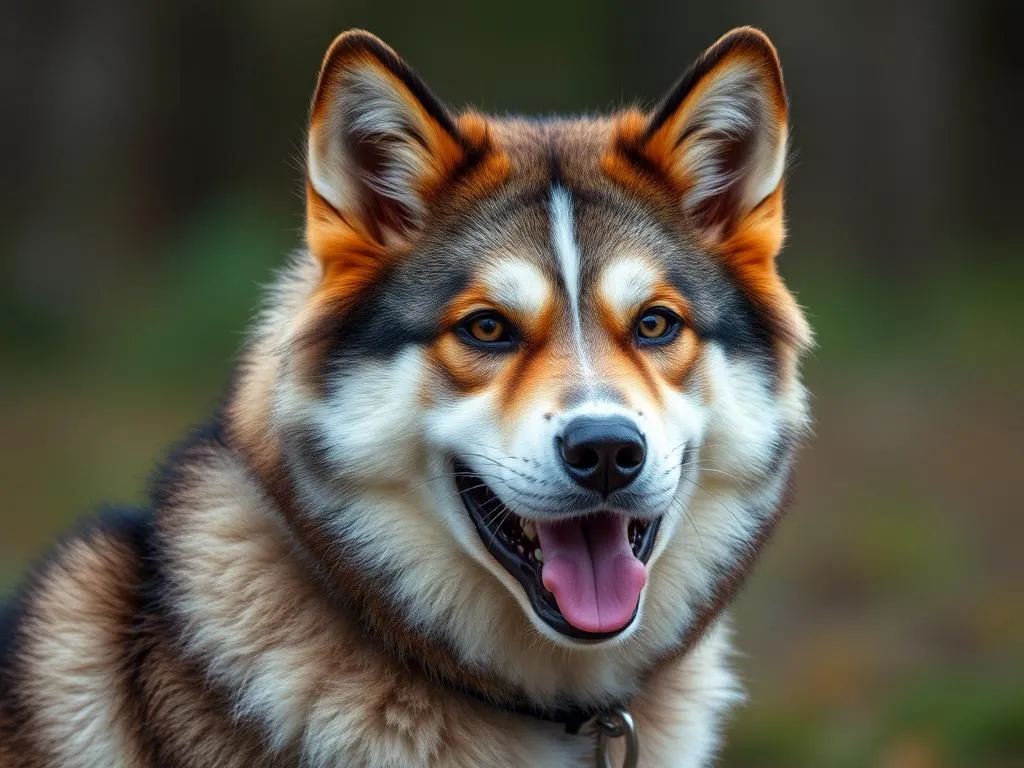
Introduction
The Akita breed stands out as one of the most recognized and cherished dogs. Known for their loyalty, strength, and dignified demeanor, Akitas have captured the hearts of dog lovers worldwide. In this article, we will explore the fascinating world of dog breeds, focusing specifically on the Akita. From understanding dog breeds in general to delving into the unique characteristics of the Akita, this comprehensive guide aims to provide valuable insights for current and prospective dog owners.
Understanding Dog Breeds
What is a Dog Breed?
A dog breed is a specific group of domestic dogs with distinct characteristics, traits, and behaviors that differentiate them from other breeds. These traits can include physical features, temperament, and working ability. Understanding these breed characteristics is crucial for potential owners to ensure they select a dog that fits their lifestyle.
The Classification of Dog Breeds
Dog breeds can be classified into various categories, including:
- Working Dogs: Breeds developed to perform tasks such as guarding, pulling sleds, or serving as rescue dogs.
- Sporting Dogs: Breeds that are enthusiastic and energetic, typically used in hunting and field activities.
- Herding Dogs: Breeds bred to assist in herding livestock.
- Hound Dogs: Breeds known for their hunting capabilities, particularly in tracking and chasing.
In addition to purebred dogs, there are also mixed breeds that combine traits from different breeds. While mixed breeds may not have the same level of predictability in terms of behavior and appearance, they often bring unique qualities to their owners.
The Role of Dog Breeds in Society
Throughout history, dog breeds have played significant roles in human life. Various breeds have been bred for specific tasks, including companionship, work, and service. For instance, herding breeds have been essential for managing livestock, while service dogs provide assistance to individuals with disabilities. The Akita, in particular, has a rich history and serves as an excellent example of a breed with deep cultural significance.
The Akita Breed: An Overview
History of the Akita
The Akita breed originated in Japan, specifically in the mountainous regions of northern Japan. They were initially bred for hunting large game, including bears, boar, and deer. Over time, Akitas became known as symbols of good health, happiness, and long life in Japanese culture. The breed was also revered in the famous story of Hachiko, an Akita known for his unwavering loyalty to his owner, which further solidified the breed’s reputation.
Types of Akita
There are two primary types of Akitas:
- Akita Inu: The original Japanese Akita, characterized by its noble appearance and strong, muscular body. These dogs typically have a thick double coat and a curled tail.
- Akita Shepherd: A mix between the Akita and German Shepherd, known for its intelligence and versatility. This breed often inherits the protective instincts of both parent breeds.
In terms of color, Akitas can come in various shades, including white, brindle, and various hues of red. Each color variation adds to the breed’s appeal and uniqueness.
Physical Characteristics
Akitas are large dogs, typically weighing between 70 to 130 pounds and standing about 24 to 28 inches tall at the shoulder. They have a strong build with a broad head, erect ears, and a thick neck. Their coat is dense and weather-resistant, making them suitable for colder climates. Akitas generally have a lifespan of 10 to 15 years, but they can be prone to certain health issues, which we will discuss later.
Temperament and Behavior of Akitas
General Temperament
Akitas are known for their loyalty, courage, and independence. They can be reserved around strangers but are deeply affectionate with their families. Their strong-willed nature can sometimes pose challenges in training; however, with consistent and positive reinforcement methods, Akitas can be well-trained companions. Compared to other breeds, Akitas may exhibit a more protective and aloof demeanor, making them excellent guardians.
Socialization Needs
Early socialization is vital for Akitas to develop into well-rounded dogs. Exposing them to various environments, people, and other animals can help reduce any potential aggression or shyness. Puppy classes and playdates with other dogs can be beneficial in this regard.
Training Requirements
Training an Akita can be rewarding but may also present challenges due to their independent nature. Positive reinforcement, such as treats and praise, works best. Consistency is key, and owners should be prepared to invest time in training. Common challenges may include stubbornness or a tendency to dominate, so establishing clear boundaries early on is essential.
Caring for an Akita
Nutrition and Diet
A well-balanced diet is crucial for maintaining the health of your Akita. High-quality dog food that meets their specific nutritional needs is recommended. Generally, adult Akitas require about 1,500 to 2,200 calories daily, depending on their size, age, and activity level. It’s essential to monitor their weight and adjust portion sizes accordingly to prevent obesity.
Exercise and Activity Levels
Akitas are active dogs that require regular exercise to keep them healthy and mentally stimulated. A daily routine that includes at least 1 to 2 hours of exercise is ideal. Activities like long walks, runs, and engaging playtime can help meet their energy needs. Providing mental stimulation through training and puzzle toys is also advantageous.
Grooming and Maintenance
Grooming an Akita involves regular brushing to manage shedding, especially during seasonal changes when they “blow” their coat. A thorough brushing at least once a week is recommended, with more frequent grooming during shedding seasons. Bathing should be limited to when necessary, as excessive bathing can strip their coat of essential oils.
Health Considerations for Akitas
Common Health Issues
Like any breed, Akitas are prone to certain hereditary health problems. Some common issues include:
- Hip Dysplasia: A genetic condition that affects the hip joint, leading to arthritis and pain.
- Autoimmune Disorders: Conditions where the immune system attacks the body’s tissues.
- Hypothyroidism: A condition where the thyroid does not produce enough hormones, leading to weight gain and lethargy.
Regular veterinary check-ups and screenings can help detect these conditions early on, ensuring a healthier life for your Akita.
Preventative Care
Preventative care is essential for maintaining your Akita’s health. A regular vaccination schedule is crucial to protect against common diseases. Additionally, spaying or neutering your dog can help prevent certain health issues and reduce overpopulation.
Living with an Akita
Best Living Conditions
Akitas thrive in environments where they have ample space to roam and play. They are best suited for homes with secure, fenced yards. While they can adapt to apartment living, it requires a commitment to regular exercise. Akitas generally do well in family settings, but their size and strength may not be ideal for very small children.
Interaction with Other Pets
Due to their strong prey drive, Akitas may not always get along with smaller animals. It’s essential to introduce them to other pets gradually and monitor their interactions. Socialization and training can help, but owners should remain vigilant.
Akitas and Children
Akitas can be protective of their family, making them good companions for children. However, supervision during interactions is necessary, especially with younger kids. Teaching children how to interact with dogs respectfully can foster a positive relationship between the Akita and children.
Conclusion
The Akita breed is a remarkable example of loyalty, strength, and cultural significance. Understanding their unique traits, care requirements, and potential challenges is crucial for anyone considering welcoming an Akita into their home. With the right training, socialization, and care, Akitas can be loving and devoted companions, providing joy and protection to their families.
FAQs about Akitas
Are Akitas good family dogs?
Yes, Akitas can be excellent family dogs due to their protective nature and loyalty, but supervision with children and other pets is important.
How much exercise do Akitas need daily?
Akitas require at least 1 to 2 hours of exercise daily to keep them healthy and mentally stimulated.
What are the best training practices for Akitas?
Positive reinforcement methods, consistency, and early socialization are crucial for successful training.
Do Akitas get along with other dogs?
Akitas can be aloof with other dogs, particularly smaller breeds. Early socialization can help, but close supervision is necessary.
What is the average lifespan of an Akita?
The average lifespan of an Akita is between 10 to 15 years, depending on health and care.









